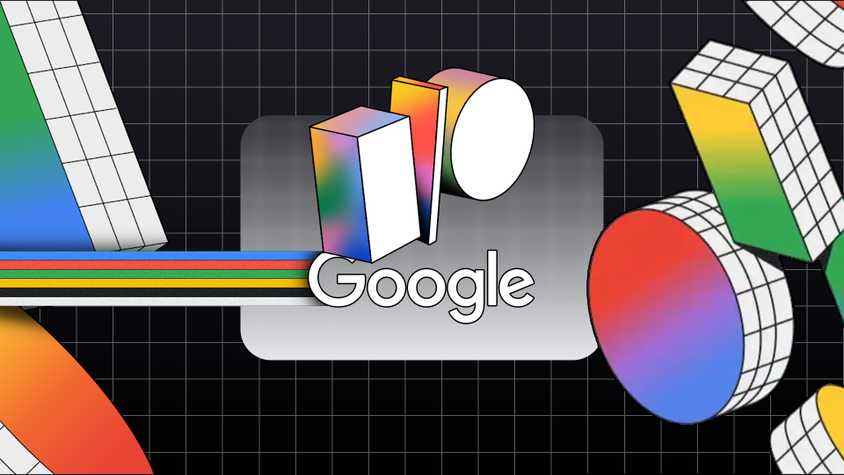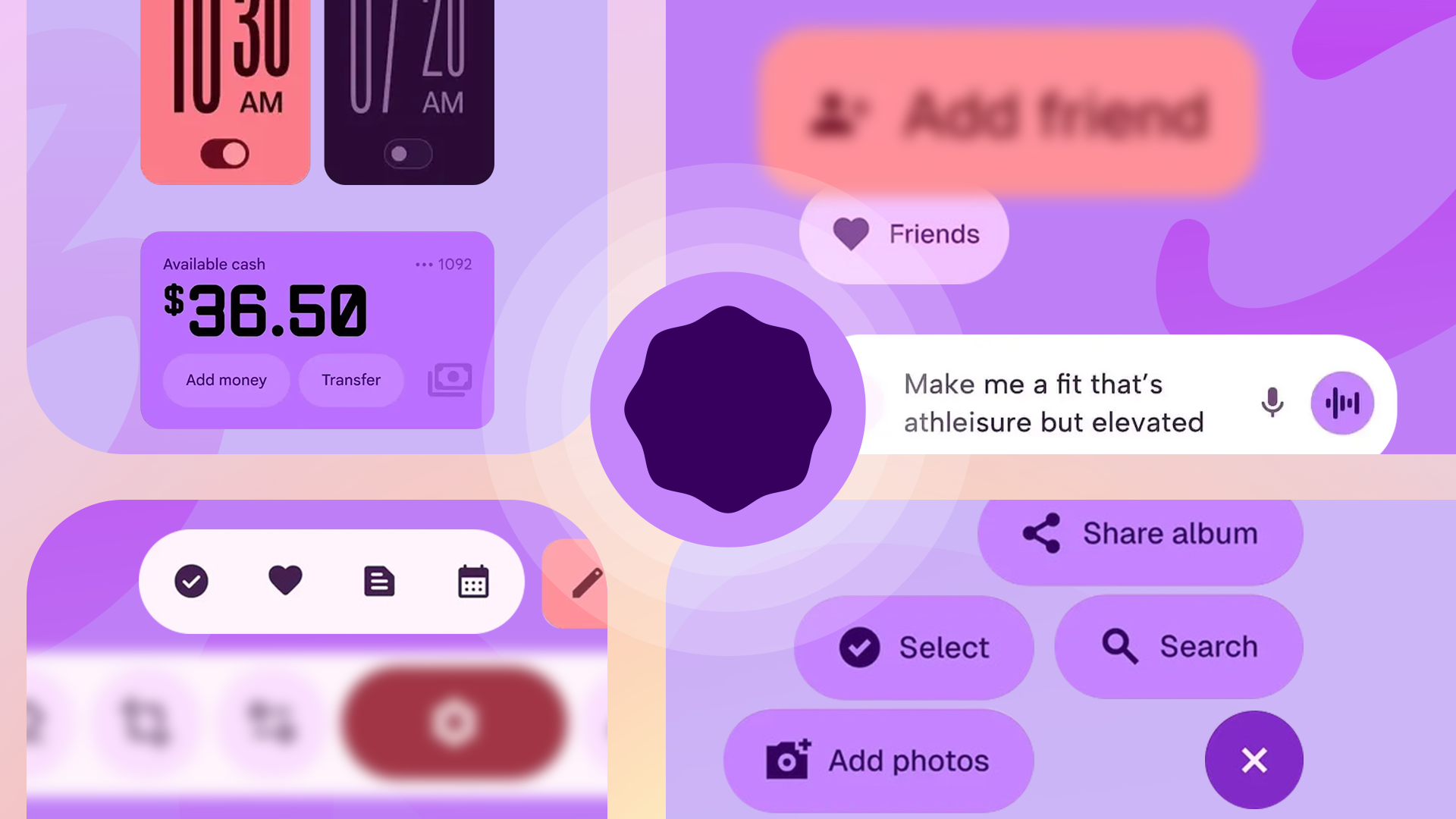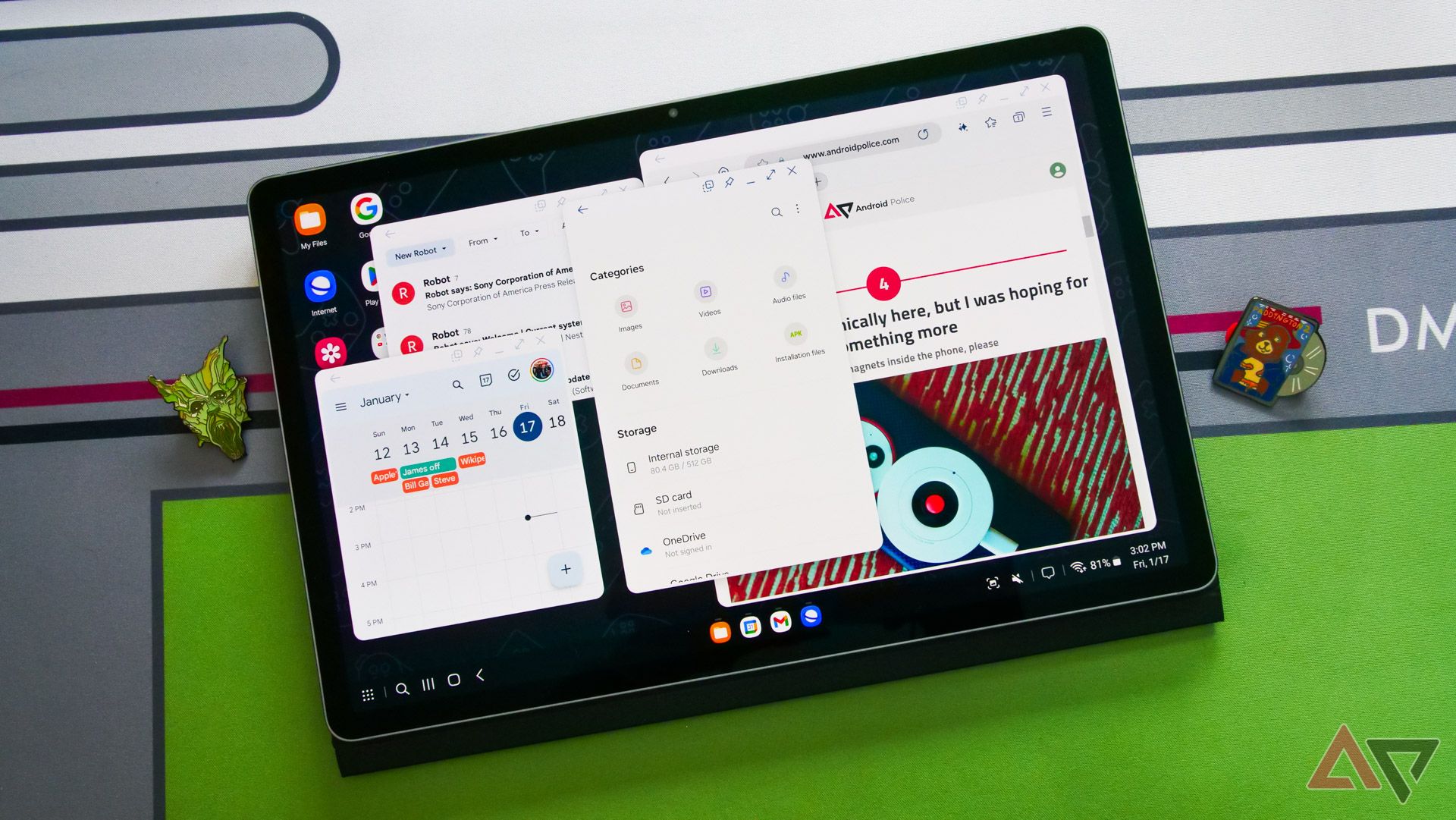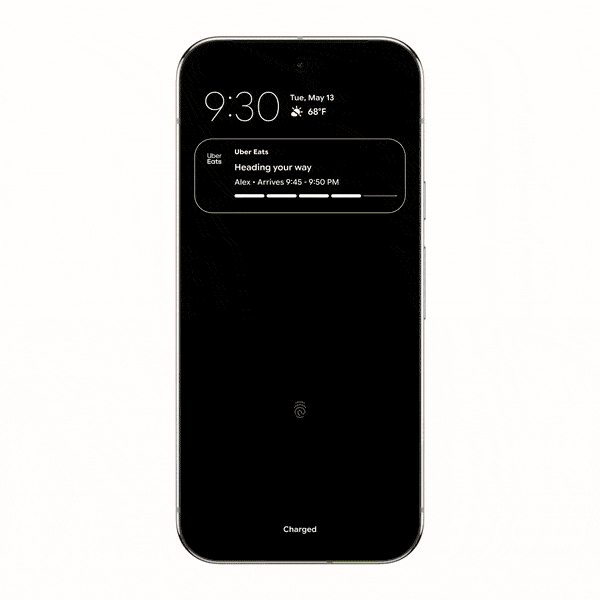The last few Android updates weren’t as exciting as before, lacking new features that stand out. It seemed Google would change this with Android 16, bringing a new design language, redesigning core parts of the system, and adding features. However, the stable release falls short, leaving out exciting additions and adding features that do more harm than good. You’ll need to wait for the first major Quarterly Platform Release (QPR) to experience the bigger changes.
The stable Android 16 build feels more like Android 15.5, an incremental update that lays the groundwork for some of the bigger changes to come. Below are the major Android 16 features that will arrive later this year.
Material 3 Expressive design
Android 16’s best feature only arrives in Q3
Material 3 Expressive is one of the biggest talking points of Android 16. It builds on Google’s colorful Material Design 3 design language, which debuted with Android 12 in 2021. The new design will shape the look of Android skins and apps in the future. Google’s research studies suggest that Material 3 Expressive makes Android easier to use, with the larger action buttons giving usability a boost.
Despite all the surrounding hype — Google unveiled the design language a week before I/O 25 — the initial Android 16 stable build does not feature Material 3 Expressive. Instead, Google has only showcased Android’s new design language and plans to roll it out with the OS’s first Quarterly Platform Release (QPR).
Google is testing and updating some of its apps with the new Material 3 Expressive design language. So that’s a bonus. If you want to experience Material 3 Expressive, you’ll have to wait until early September for Android 16 QPR1 to drop. If you’re brave enough, install its public beta build on your Pixel phone.
Redesigned Settings and notifications panel
Less clutter, more control
Nope, none of these UI changes are live in stable Android 16!
Alongside Material 3 Expressive, Google will also redesign several key parts of Android, including the notification panel and the Settings app.
The revamped notification panel will feature a large “Clear all” button located in the center at the bottom, flanked by shortcuts to notification history and notification settings. The lock screen will receive a new “Compact view” for notifications, which will only display one notification and minimize the rest.
The Settings app will not get as big of a redesign. Instead, it will get a dash of colors, doing away with the drab gray icons. Like the rest of the bigger changes in Android 16, the new look for the notification panel and Settings app will also roll out later this year.
When you upgrade your Pixel from Android 15 to Android 16, you’ll struggle to find any notable UI changes. That’s not the case with Android 16 QPR1 beta builds, which pack plenty of such changes.
No desktop mode
Not even as an experimental feature
Google partnered with Samsung on a new DeX-powered desktop mode for Android 16. It brings enhanced windowing capabilities to the OS when plugged into an external monitor, allowing your phone or tablet to deliver a desktop-like experience.
On tablets, users can use the desktop mode without using an external monitor, which should make multitasking even better. However, like other good things in the OS, Android 16’s new desktop mode will only come with the QPR1 release later this year.
Given that this is a complex feature, it makes sense that Google could not include it in the initial release of Android 16. Still, the company could have added it as an experimental developer feature, just like it did with Android 16 QPR1 beta 2.
Revamped Quick Settings panel
A big usability upgrade
Months before Android 16’s stable release, reports indicated Google would revamp the Quick Settings panel. Like in iOS 26, it would allow you to adjust each tile’s size and move them around, making them a lot more customizable.
Android 16 ships with the same Quick Settings panel as before. There are no major behavior or visual upgrades. Instead, Google reserved those changes for the QPR1 beta, and those will only be available to the public in September this year.
Live Updates
You are not getting the full experience yet
Live Updates is another big talking point of Android 16. It brings the iPhone’s Live Activities to Android, making it easy to keep track of ongoing activities, like food delivery and your Uber status. While this feature is a part of Android 16’s stable release, it’s only partially implemented. The full experience is expected to arrive later this year.
In the current stable build of Android 16, supported ride-sharing and food delivery apps can use Live Updates to simplify tracking your order status. They will display this information on the lock screen and in the notification panel.
A better experience will eventually arrive, with Live Updates seamlessly appearing on your phone’s always-on display and as a floating bar at the top of the home screen. Small improvements, but they will make the feature better.
Hopefully, app developers will update their apps by then to take advantage of Live Updates. Otherwise, we will have to wait even longer to experience the feature in its entirety.
Google is saving Android 16’s best features for the Pixel 10
Google may have released Android 16 for Pixel phones, but it seems the company will launch its best features later in the year. Most of them should go live with Android 16 QPR1, which is rumored to drop in early September.
If anything, the initial release sets the stage for the more exciting upgrades Google appears to be saving for the Pixel 10.






… [Trackback]
[…] Information on that Topic: geeksforgeeks.org/android-16-launched-without-its-coolest-features-and-i-m-genuinely-annoyed/ […]